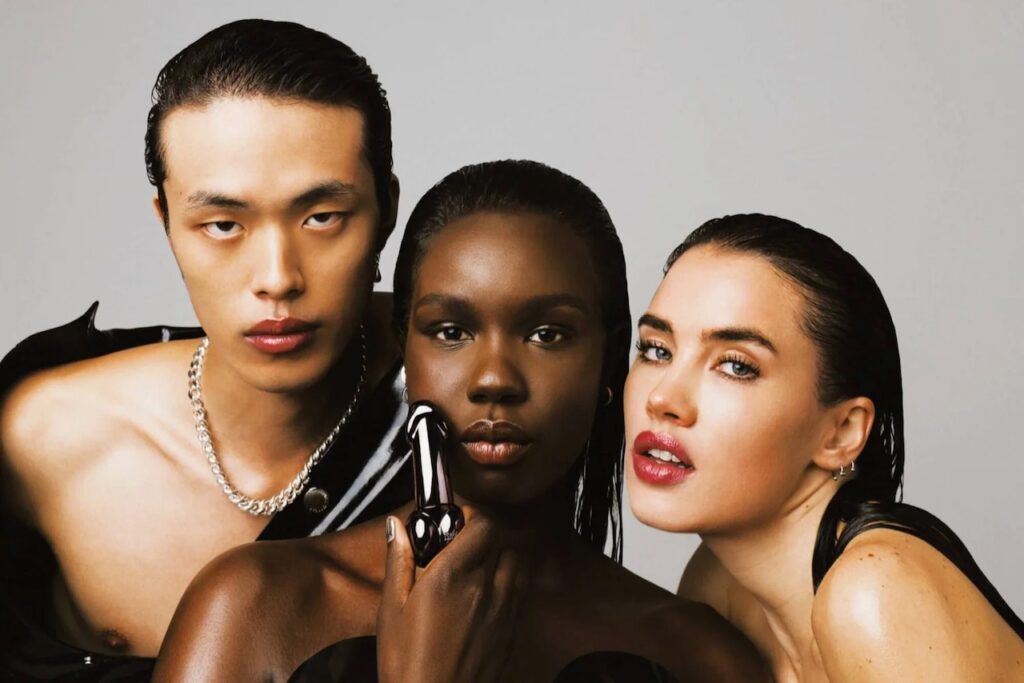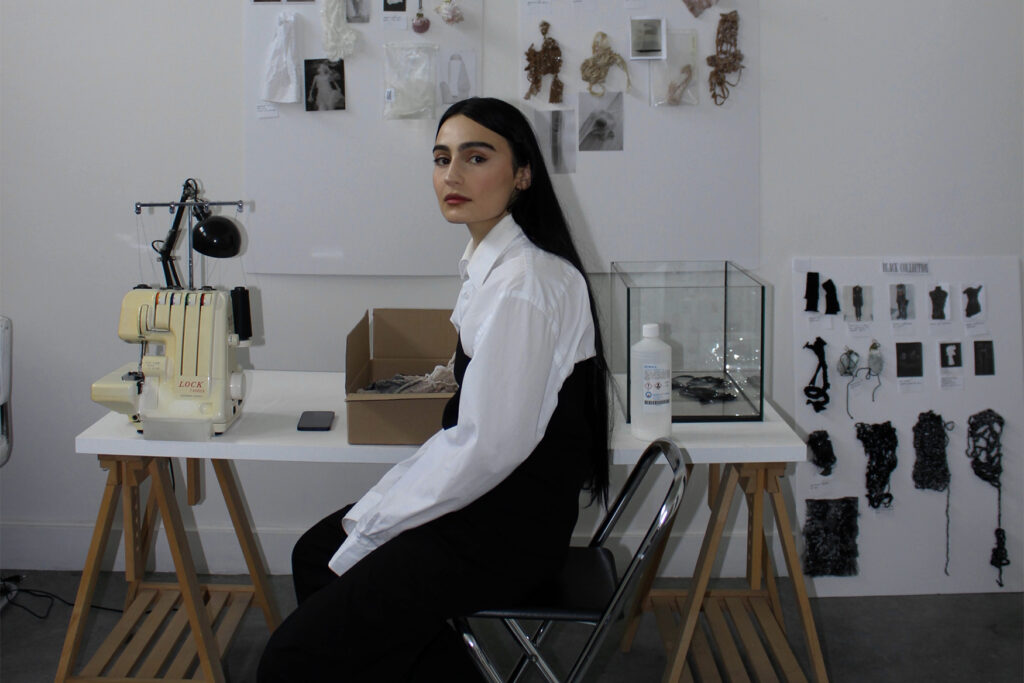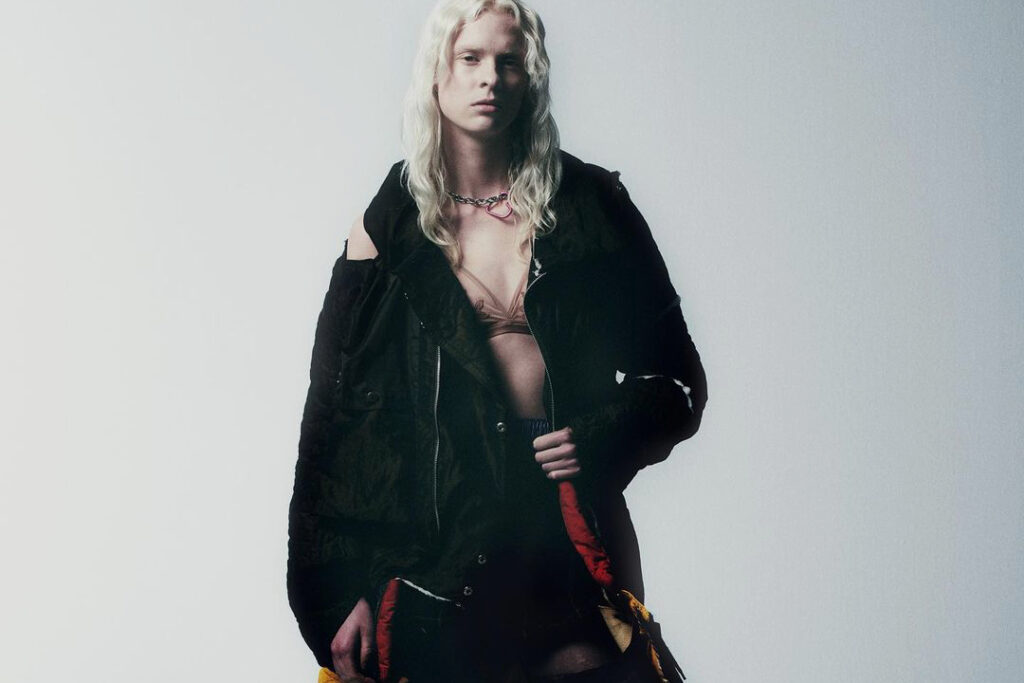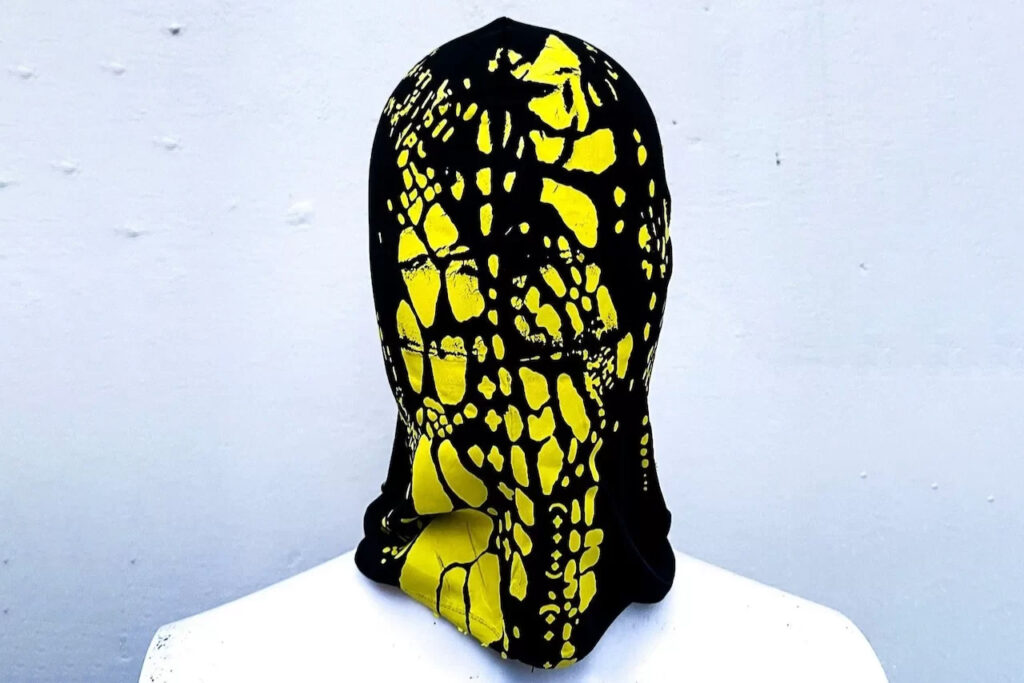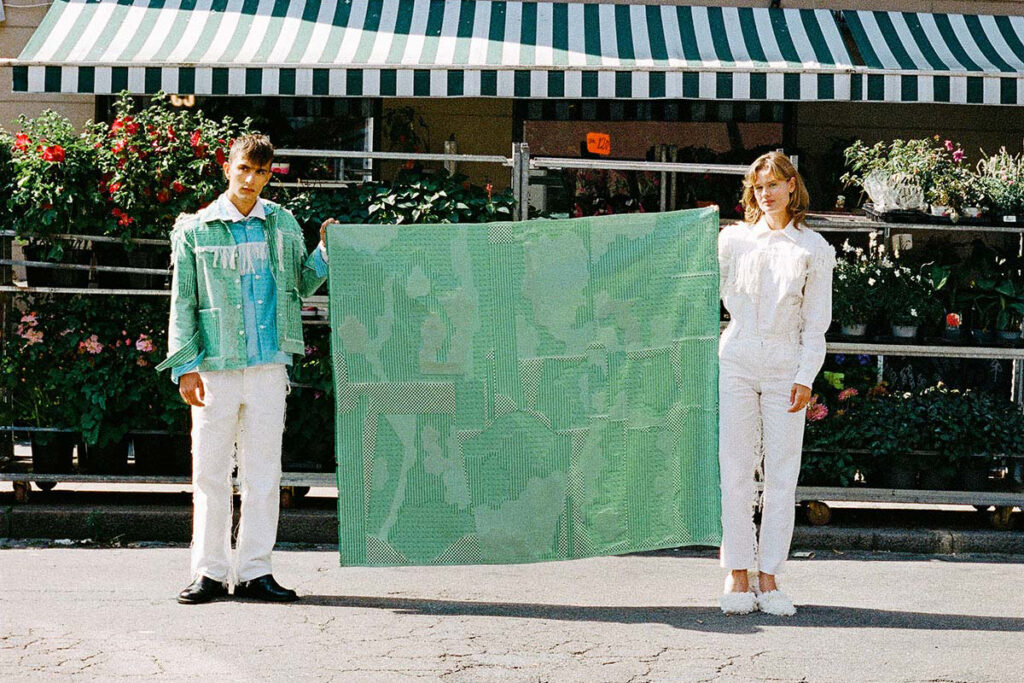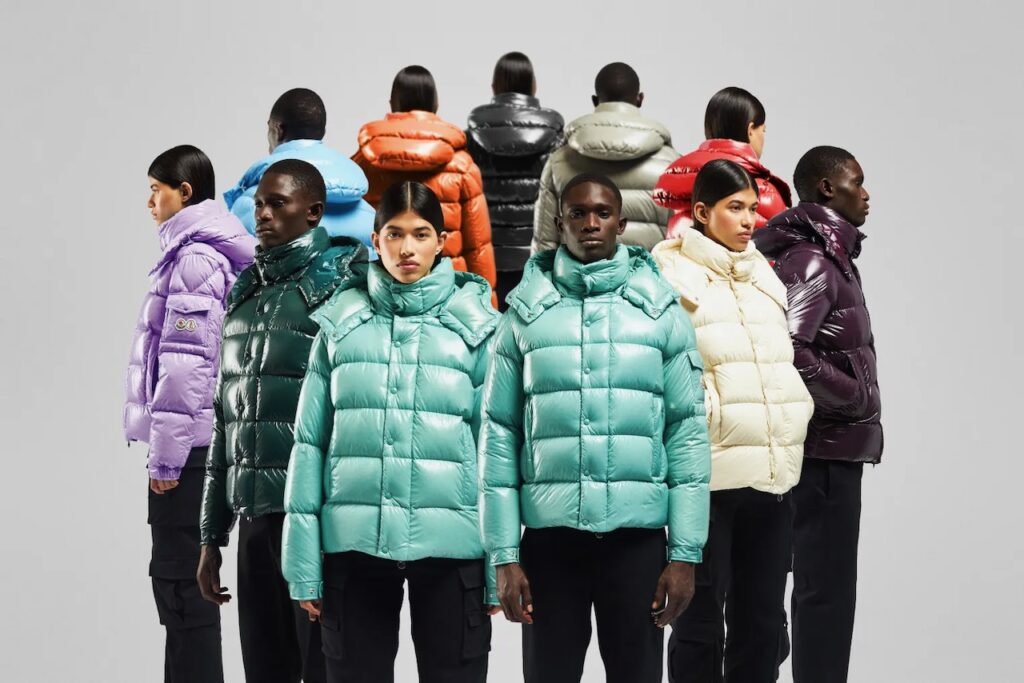Amsterdam, the city of canals, cheese, and Tulips, has long been known for its picturesque charm and laid-back culture. The entrails of the Dutch capital, however, have been quietly brewing a fashion revolution. For decades, Amsterdam fashion has been a hotbed of creativity and innovation, churning out a steady stream of talented designers and trailblazing fashion movements. Today, the Amsterdam fashion scene and its reign of edgy clothing is no longer a hidden gem; it’s a diamond in the rough, ready to be polished and showcased on the global stage.
The current state of fashion in Amsterdam is a testament to the city’s continued experimentation and innovative spirit. Amsterdam’s fashion scene is thriving. A plethora of young and emerging designers pushing the boundaries of what is possible in fashion.
But first…
Quick recap of the history of Amsterdam Fashion
When it comes to fashion, Amsterdam has a rich and storied history. It may be garnering global attention now, but it’s been a long time coming. As it turns out, Amsterdam has subversiveness running through its canals. The city is no stranger to using fashion as a tool to challenge the status quo.
Amsterdam and subversive clothing go back to the 60s and 70s
The 1960s and 1970s saw the emergence of a new wave of Dutch designers. This is where it all started. During this period, Dutch society was undergoing significant changes, particularly in terms of politics and culture. The country was experiencing a liberalization and liberalization of values. Something that young, experimental, daring designers actively sought to capture in their work.
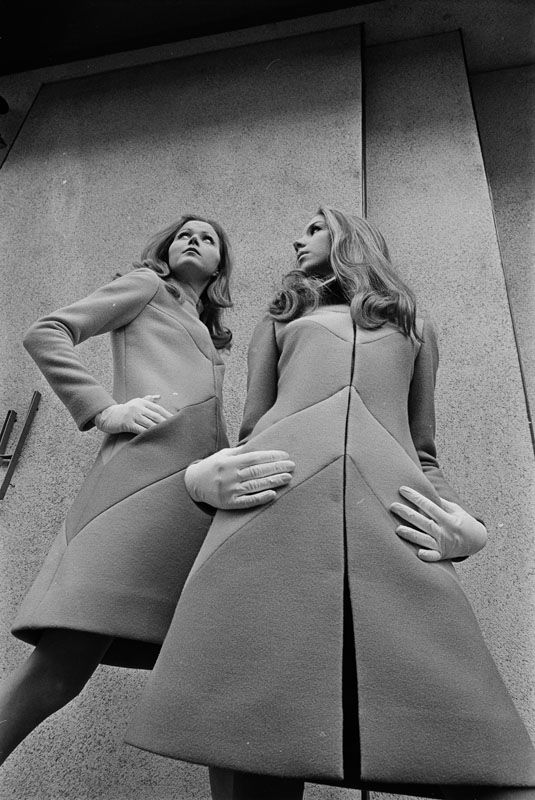
Frans Molenaar would incorporate unconventional materials such as plastic and rubber into his designs. Mart Visser’s minimalistic and clean pieces which fervently rejected the excesses of traditional fashion. Koos van den Akker’s irreverence permeated most of his work. All of these designers helped put Amsterdam on the map as a fashion, and their impact rippled beyond Dutch borders.
Amsterdam fashion was about more than just fashion, and that’s the key. It all began here, the foundations for Amsterdam as the reigning subversive fashion city, it had meaning. It had a purpose.
Molenaar, Visser, van der Akker… All reflected youth culture and counterculture movements of the time, such as the hippie movement and the feminist movement. They drew inspiration from art, film, and music. They avidly rejected the traditional, often rigid, beauty standards. Instead, they created innovative and unconventional fashion that reflected the values and attitudes of the youth culture of the time. These designers weren’t subversive and irreverent for the sake of clout, they did so with a mission in mind: To usher fashion and culture into the next era.
The 80s and 90s followed suit
The 80s and 90s saw the emergence of the so-called “Dutch Design” movement, which was characterized by a focus on minimalism, simplicity and functionality. This movement was led by designers such as Viktor & Rolf, whose designs were praised for their innovative and experimental approach to fashion.
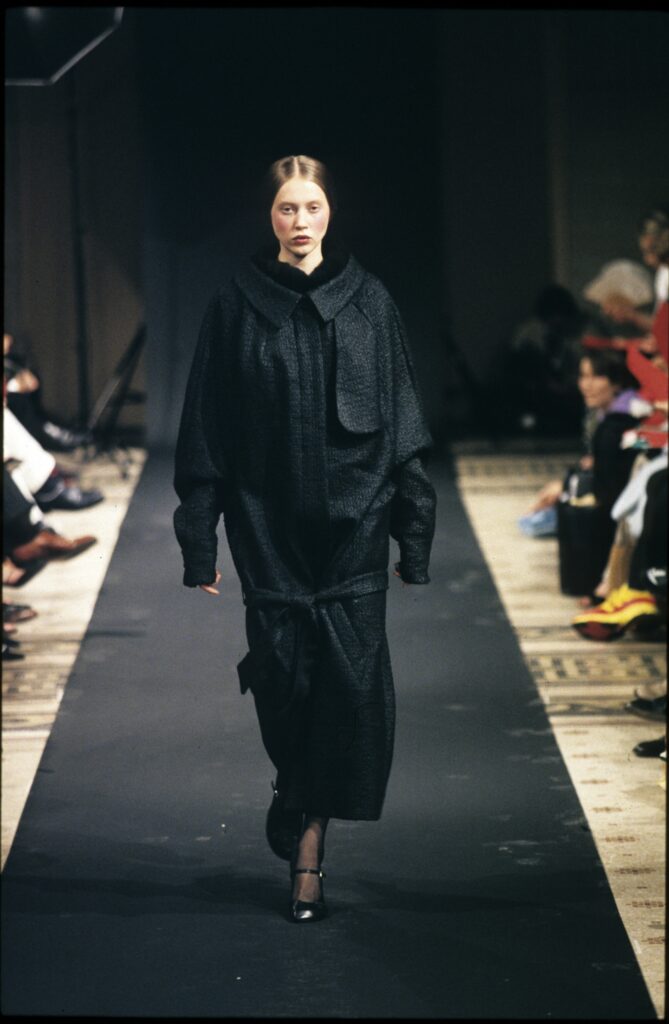
Designers who, after a decade in Paris, have returned to their roots so as to once again, practice their craft through the unfiltered, unbounded, raw character of the Dutch capital. It is clear that right now, Amsterdam is the place to be for subversive fashion.
Amsterdam fashion today: Subversive haven
Today, edgy fashion has exploded in Amsterdam once again. Only this time it has undoubtedly transformed the city into the global subversive reference. Amsterdam’s fashion scene now is the ultimate non-conformist, where experimentation is king and following the crowd is a cardinal sin. This city doesn’t march to the beat of the fashion industry’s drum, it creates its own rhythm. A true subversive clothing haven.
Contemporary fashion designers in Amsterdam often incorporate elements of art, architecture, and other cultural influences into their designs. Constantly on the lookout for new ways to break boundaries and surpass their own limits and that of society, they tend to use unconventional materials and techniques in their designs. Just like their subversive predecessors, they use fashion as a means of expressing their unique vision and perspective.
Ultimately, Amsterdam’s indisputable chokehold on subversive fashion is rooted in three key aspects. Sustainable and ethical practices, non-conventional design, and diversity and inclusivity. While countless brands and designers – particularly household names and industry giants – have incorporated these elements as a way of keeping up with the values and social interests of younger generations, Dutch fashion brands are built around these concepts. Their very core is founded upon these values, long before sustainable fashion, genderless fashion, and non-binary clothing became a thing.
Sustainable fashion and ethical practices in Amsterdam today
There is a myriad of Dutch fashion brands and designers whose pioneer sustainable attitude has helped transform an industry infamous for its dreadful waste problematic and intrinsically polluting character. One can’t help but stand in awe of what they have accomplished. We’re talking about designers such as Ruben Jurriën and his use of recycled materials and upcycling techniques. Ronald van der Kemp, who incorporates vintage and repurposed materials in his designs. Not only promoting individuality and self-expression but also shifting the narrative on leaving the past behind. Elza Wandler known for her sleek, minimalist designs, andalso for incorporating sustainable materials in her work, promoting responsible consumption. We couldn’t forget about Renée van Wijngaarden and her brainchild brand 1/OFF. Reimagining luxury items, repurposing them, turning them into one-of-a-kind upcycled fashion garments. Even urging customers to invest in high-quality, timeless pieces, rather than fast fashion that would be quickly discarded.
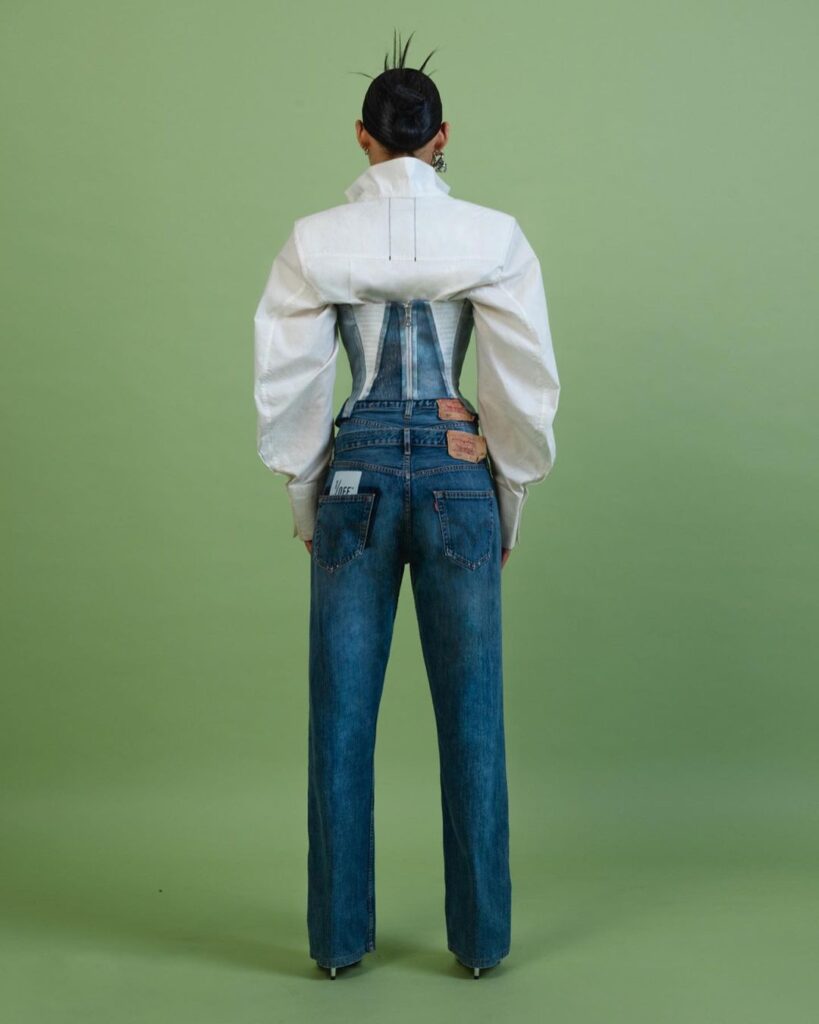
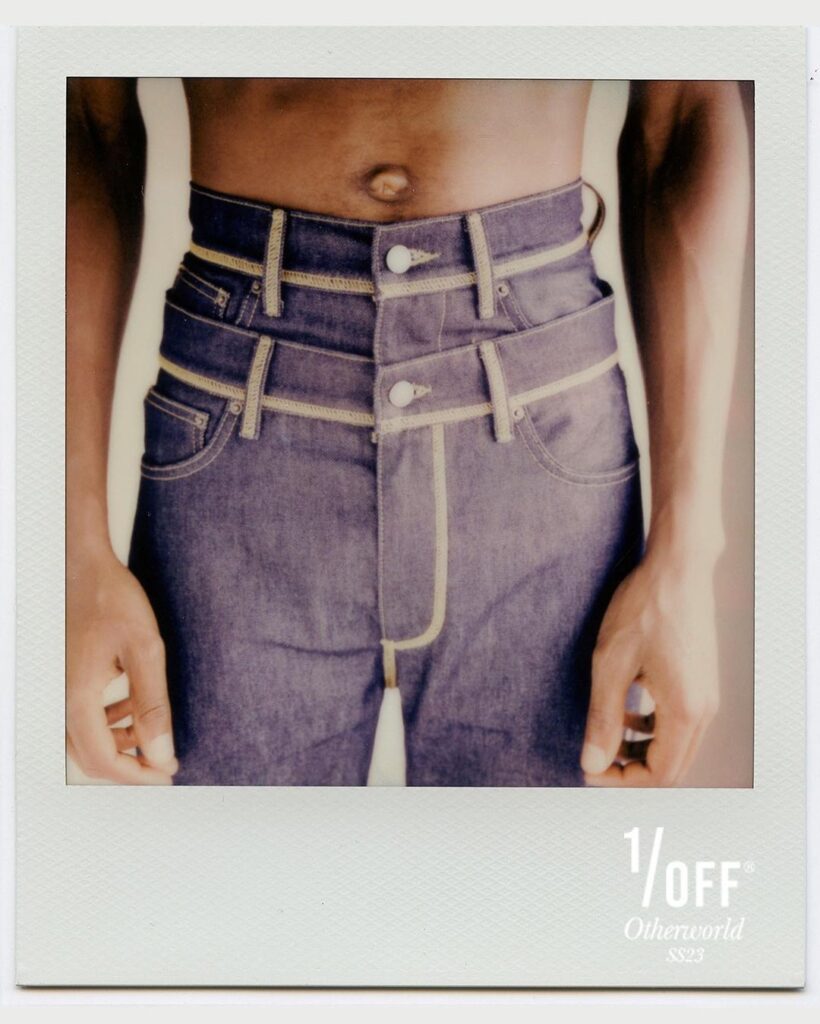
A salient characteristic of the Amsterdam fashion scene, brands don’t just care about themselves and profits. They care about creating a sustainable ecosystem. An ecosystem where the social tool and art form that is fashion, can help craft a better tomorrow for everyone, brands, consumers, and even non-consumers alike.
Diversity and inclusivity are at the heart of the Amsterdam fashion scene
Dutch fashion brands have been pioneers of non-conventional design before. Still, contemporary designers have truly taken it upon themselves to transform the industry making non-conventional design the norm, rather than the exception. Thus transforming the Amsterdam fashion scene into an inclusive, diverse safe space.
Duran Lantink, a designer known for his boundary-pushing and challenging approach to fashion, incorporates unexpected materials and techniques into his all designs, consistently subverting traditional fashion. Denzel Veerkamp and MARTAN, on the other hand, are two brands that challenge traditional gender norms and conventions in the fashion industry. True champions of non-binary clothing and genderless fashion.
These designers, with their fearless and revolutionary approach to fashion, are not just refusing to adhere to the status quo but in fact, constantly challenging and redefining it. Ensuring the fashion scene evolved into a diverse, inclusive ecosystem.
All of this is achieved not only because young designers have fought for it, but because there are initiatives and projects that also help promote their values and support subversive fashion and everything it entails. Such is the case of Lichtig, a platform that serves as a breeding ground for the next generation of boundary-pushers. Lichtig serves as a platform for young designers to showcase their designs and gain visibility within the industry. Something which is often hard to achieve when you’re attempting to go against all norms. With its focus on new and innovative designs, it is a catalyst for subversive fashion, helping to promote a culture of experimentation and risk-taking in the Amsterdam fashion scene.
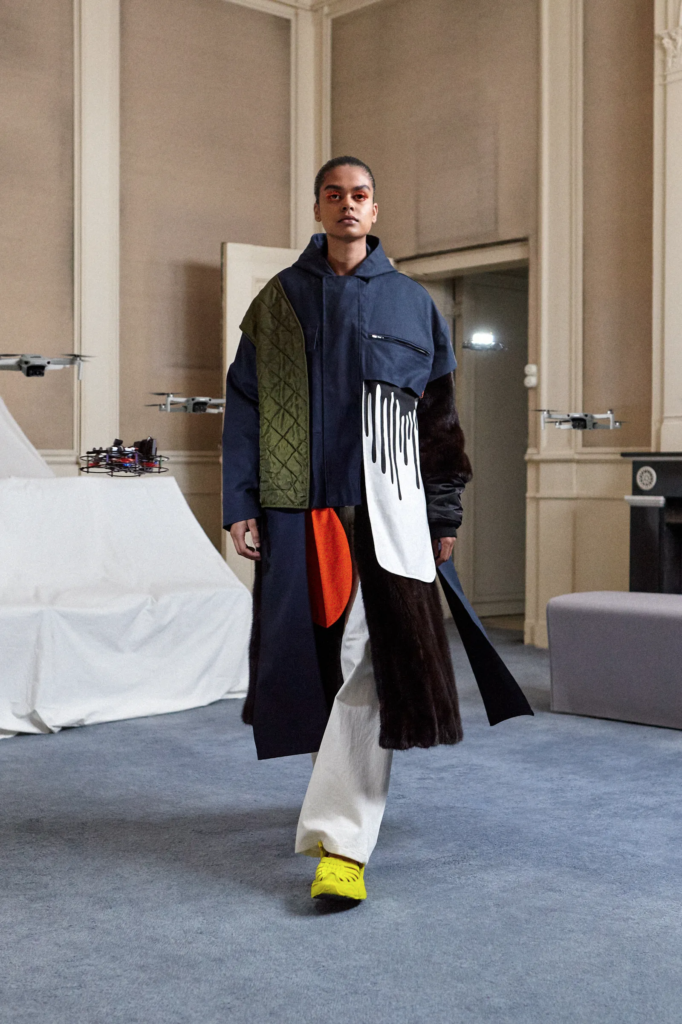
Let’s not forget about Amsterdam Fashion Week
If you have any doubts regarding whether Amsterdam is indeed or not the most subversive fashion city, all you have to do is take one look at the Amsterdam Fashion Week compared to the other major Fashion Weeks around the globe. Trust us when we say, all your questions will be answered. Starting with the fact that it often takes place just before the official fashion month begins.
Amsterdam Fashion Week, the black sheep of the fashion world, the maverick of the runway, the rebel of the catwalk even! It is the perfect embodiment of Amsterdam’s subversive and boundary-pushing fashion scene.
In Amsterdam Fashion Week emerging designers are in the spotlight
While other fashion weeks may play it safe, AFW revels in taking risks and pushing the boundaries of what is considered conventional in fashion. Emerging and young designers are often front stage and centre, rather than sidelined to show during the most inconvenient, less relevant time slots. This boosts the showcasing of designs that often incorporate unconventional materials and techniques, and challenge traditional notions of beauty and style. A refreshing change of pace from the cookie-cutter designs that can be seen at other fashion weeks.
Upcycled fashion and sustainable fashion: AFW priorities
Amsterdam Fashion Week is about more than just shaking things up, it’s also about making a difference. We’ve already mentioned the importance of sustainable fashion, and AFW has been quite the ally in instilling these practices as a norm. Sustainability and ethics are at the forefront of the event, providing a platform for designers to showcase their sustainable and ethically-made designs.
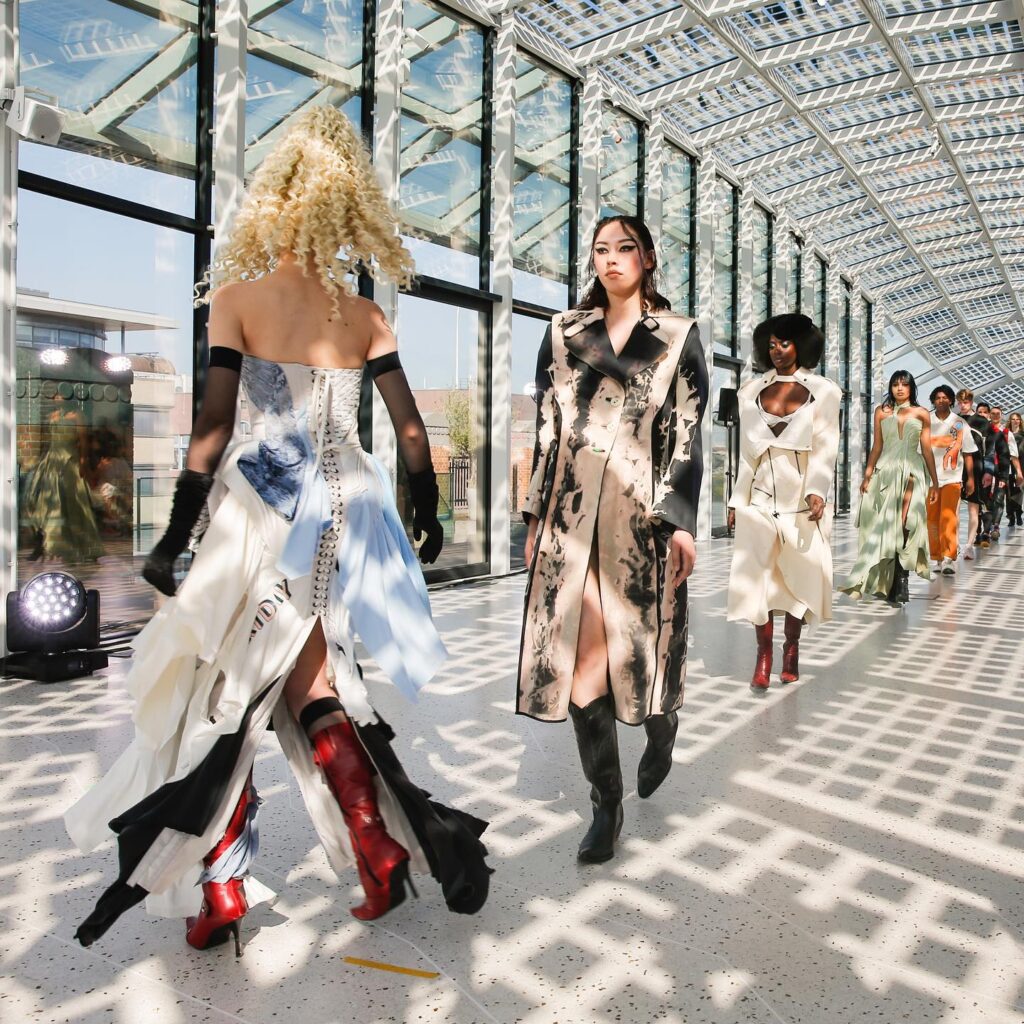
AFW has been actively promoting sustainable and ethical fashion since the early 2010s. Long before ‘sustainable fashion’ and ‘environmentally friendly’ became high-competition keywords. Sustainable fashion was also a form of subversion in its infancy, as it challenged traditional notions of fast fashion and consumerism in the fashion industry. In this sense, one could say that Amsterdam’s reputation as a socially and environmentally conscious city, and its early adoption of sustainable practices, have played a significant role in shaping its fashion scene into a subversively sustainable one.
Amsterdam Fashion Week incorporates ethical and sustainable fashion events and initiatives. Through the Green Fashion Competition and the Ethical Fashion Forum designers can showcase their sustainable and ethically-made designs, as well as discuss and share information on sustainable and ethical fashion practices. Plus, AFW has also been working closely with organizations and initiatives such as the Fair Fashion Center, Fashion for Good, and the Global Fashion Agenda.
Edgy clothing for the win, risks are a must in Dutch contemporary fashion
Some might fail to see that the smaller scale of AFW, as opposed to the massification of other major fashion weeks, actually allows for a more intimate and personal experience. This, in turn, allows designers to take larger, bold risks and be more experimental with their designs. It’s a chance for the truly avant-garde designs of contemporary fashion to shine, without the pressure of pleasing a mass audience. Raw, genuine, authentic contemporary fashion at its finest. It’s no surprise to see subversive clothing thrive under these circumstances.
Amsterdam Fashion Week is the ultimate rebel of contemporary fashion, a true representation of Amsterdam’s subversive fashion scene. It’s a breath of fresh air in a world where fashion all too often plays it safe. Subversive clothing for the win.
All in all, one thing’s for sure, for Amsterdam, fashion is not just about the clothes, it’s about creating something new and different, but that also has value and purpose. Something that reflects the values and attitudes of the youth culture of the time. Something that speaks to the present and the future. A true testament to the power of subversion and the importance of experimentation in fashion. Dutch fashion brands don’t follow trends, they create them because they are constantly evolving. And that’s why Amsterdam is and will always be the ultimate subversive fashion city.

